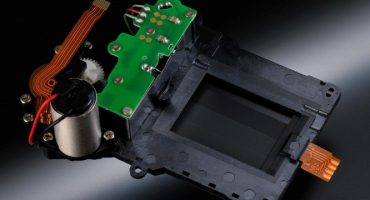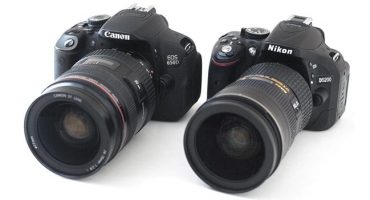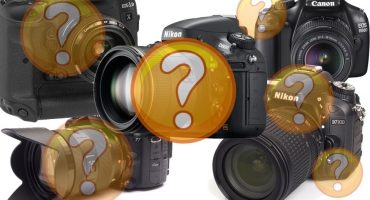Today, most people store photos electronically, and use mobile phones to quickly take pictures. The first cameras were distinguished by a large size and a long method of developing photographs. Large booths with a dark curtain can now be seen only in museums or documentaries. The watering can camera has become a breakthrough in the world of photographic equipment.
The story of the legendary camera
The world famous German brand leica appeared thanks to a young talent - Oscar Barnak. The young man did not graduate from a higher educational institution, but always gravitated towards creativity. The profession of the artist did not belong to the profitable sphere, and the parents pushed the young man to receive a monetary specialty. Following advice, the young man decided to become a mechanic and began training at a local workshop. The love of art did not pass over the years and Oscar Barnak began to engage in landscape photography. Massive equipment required great physical strength, and the young inventor set a goal to create a convenient camera for taking pictures.
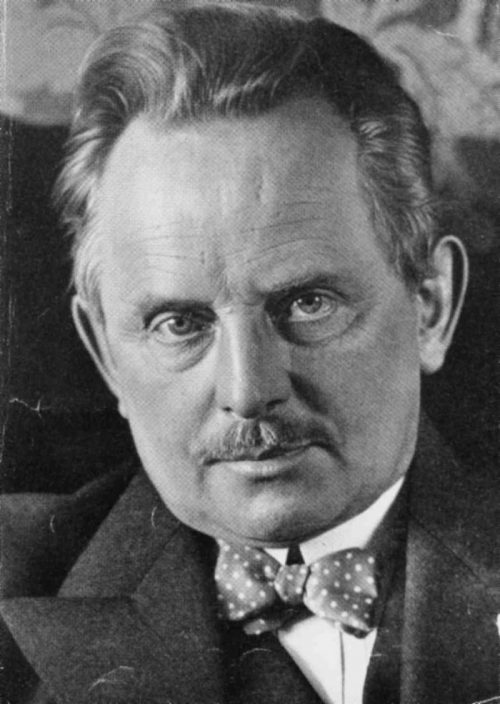
Oscar Barnak
In 1910, the creator of a new generation of cameras went to work with Ernest Leitz, the owner of a darkroom and microscopes. Having become the head of the department of studying the art of photography and cinema, the young man put forward the idea of replacing cassettes with photographic film. The first two devices were born by the beginning of 1914. The Second World War caused the stoppage of work on the production of new photographic equipment.
For the first time, the invention appeared before the general public in 1925.
At the Leipzig fair, a modest-sized camera did not make a splash, the novelty did not receive due attention and most buyers were skeptical about it. Public opinion trusted the usual cameras with large lenses, the miniature size of the novelty became an occasion to doubt the quality of the photographs. In the first year of mass production, the company produced 850 cameras. Success came only three years later. In 1928, the brand sold more than 7,600 copies of the camera, and demand only gained momentum every year. Lake reached the peak of popularity in 1938, with 44,000 products sold. The fate of the creator became tragic. Disease - asthma caused the death of Oscar Barnak, he died at the age of 57.
Camera specifications
The first leica camera, introduced in 1925, was distinguished by its modest characteristics and became known as LeCa.
The invention was distinguished by the following parameters:
- full metal housing;
- dimensions of 133.7x30.2x55.0;
- weight 425 g .;
- focal length 50 mm;
- shutter speed from 1/25 sec .;
- simple telescopic viewfinder design.
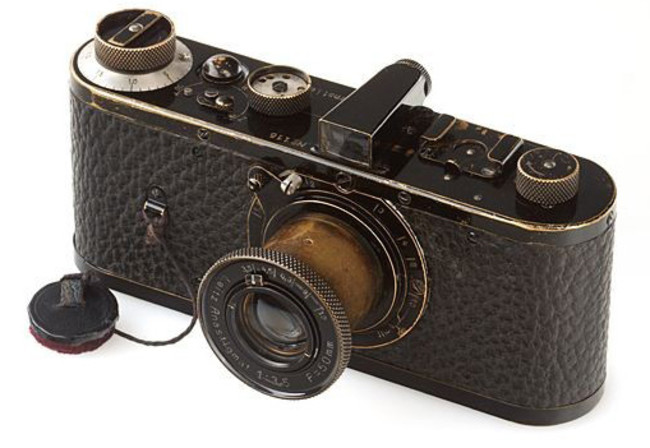
Leica i
In subsequent years, the equipment was modernized and 15 modifications of the device appeared. The list of major technical changes includes the appearance of a interchangeable lens in 1930, a year later standardized lenses began to be produced. In 1932, the brand began to use an optical range finder to sharpen the image, and in 1933 the camera was equipped with the possibility of a slow shutter speed of up to 1 second. Since 1936, the invention has fully acquired the status of a camera system, ready to perform tasks of varying complexity. The camera was suitable for scientific use and creativity.
The creator of the camera, Oscar Bark, before leaving life, released the LEICA II and LEICA III models. A distinctive feature of the products was the high definition of images, rich colors of images and a high level of quality.
From the middle of the 20th century, the era of the M series camera began. A distinctive feature is the presence of a bayonet mount for the lens and an improved viewfinder.Since 1964, the beginning of the era of mirror products, the last of the series with a digital module, was produced until 2009.
Today the watering can camera keeps up to date and produces products for a wide range of consumers. Modern models include the popular series:
- Leica S - has an external resemblance to a 35 mm camera, has a built-in CCD sensor, a resolution of 37.5 pixels, a sensitivity of up to ISO 160, the presence of a GPS module.
- Leica M is a retro model with changed optics. Resolution 18 megapixels
- Leica x2 one of the models of digital cameras. CMOS-matrix, resolution of 16 megapixels, fully German assembly.
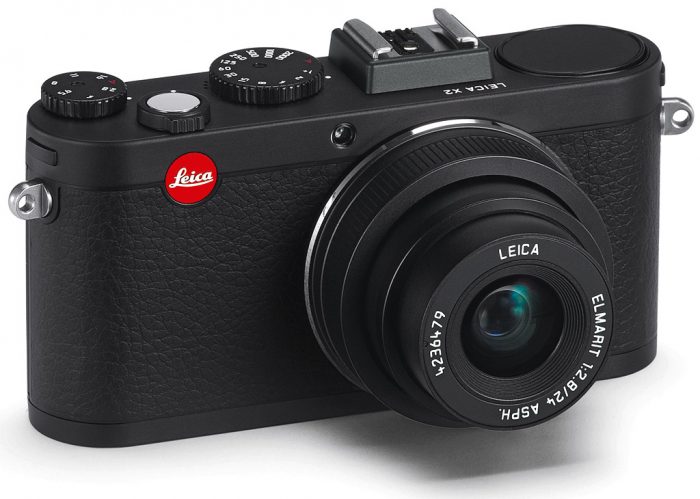
Leica x2
Product advantage
Leica brand has been known in the world markets for over 100 years. The owner of the Leitz brand immediately appreciated the invention of his employee and did not skimp on the development of technology. To improve product quality, a high level of financing was maintained, and the best specialists were invited, initially each product was assembled only by hand. Attention was paid to every detail, for a number of professions - journalists, astronauts, military personnel, the company produced specialized equipment and did not forget about common models.
Today, the company's cameras are in high demand, and rare cameras are sold at fabulously high prices. The cost starts from 70 thousand rubles for the Leica D-Lux Typ 109 and up to 1,150 thousand rubles for the Leica M Edition 60.
The reason for the popularity of the product was:
- rich story;
- resistance to adverse climatic conditions;
- durability of products, use of only the best materials;
- high quality optics and images;
- image culture, the brand supports the idea of film photo;
- a large selection of products; models for amateurs and professionals are presented;
- strict quality control of each product;
- stylish design.
From the very beginning of production, the brand was attentive to the products, the high cost corresponded to the quality.
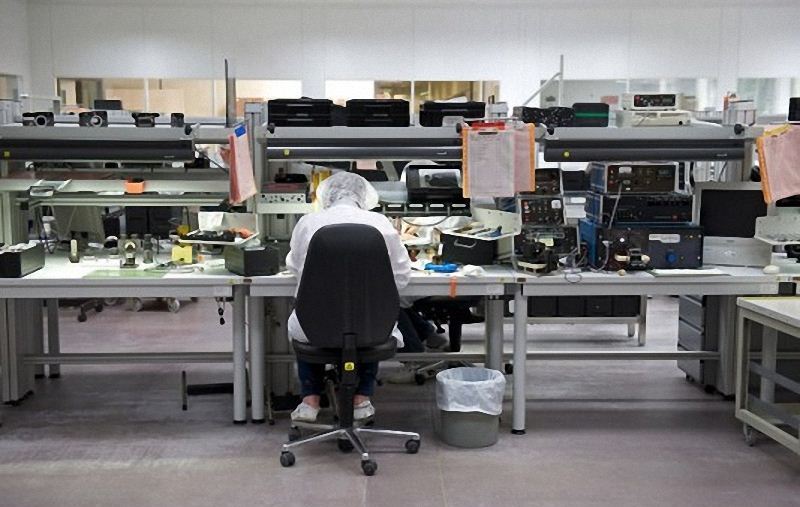
The process of assembling the camera
Many famous photographers - Ernst Haas, Vivian Mayer, Richard Avedon used Leica cameras to create masterpieces. The cult pictures “Kiss in Times Square”, “Banner over the Reichstag” and others appeared thanks to the technique of the German company Lake.
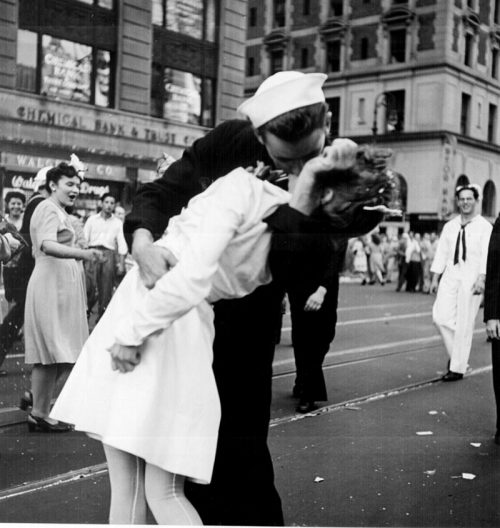
Times Square Kiss on Leica Camera
James Bond's favorite camera initially required some experience; today the company relies not only on professionals, but also on photography enthusiasts.
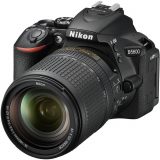 Rating of cameras of 2019 (SLR and mirrorless)
Rating of cameras of 2019 (SLR and mirrorless) 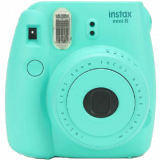 Instax Instant Print Cameras: How to Choose Your Model
Instax Instant Print Cameras: How to Choose Your Model 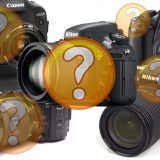 How to choose a SLR camera (DSLR)?
How to choose a SLR camera (DSLR)? 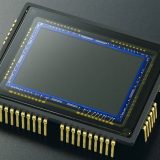 How to choose a camera for high-quality photo (compact, soap dish, DSLR)
How to choose a camera for high-quality photo (compact, soap dish, DSLR) 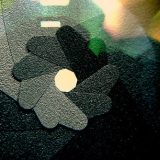 What is the diaphragm in the camera?
What is the diaphragm in the camera? 